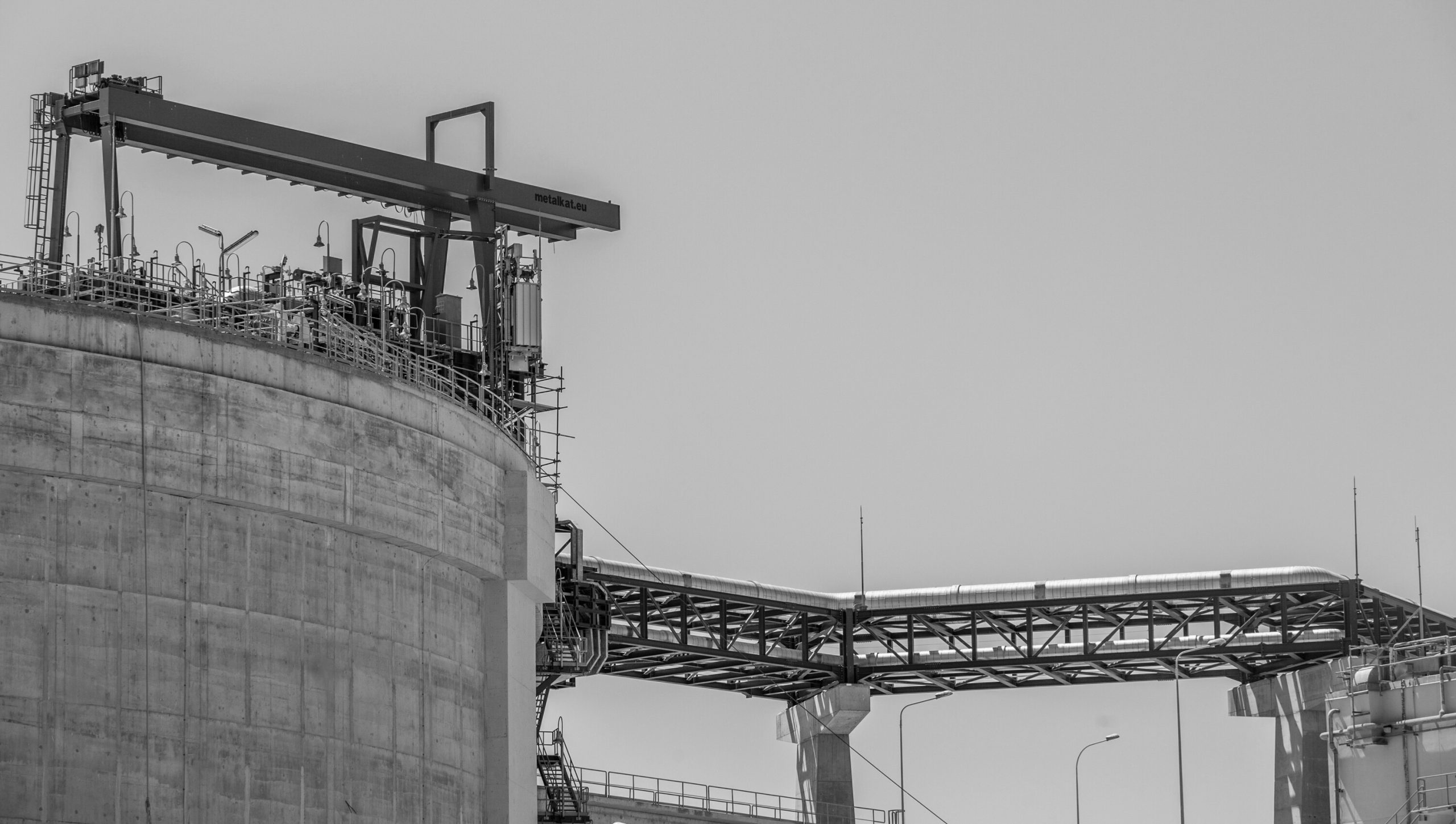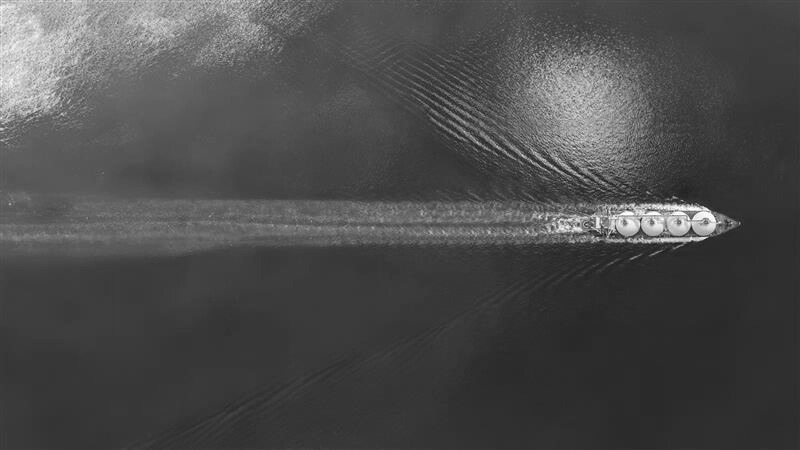Hydrogen is anticipated to play an essential role in the transition to a low-carbon economy and in the achievement of decarbonization targets in Greece, serving as a clean and versatile energy carrier both at a national and European level.
DESFA is advancing the development of hydrogen infrastructure in Greece through its dedicated hydrogen pipeline project, H2DRIA. This includes the completion of key preparatory steps such as the Basic Engineering Design, the Environmental and Social Impact Assessment (ESIA), the Quantitative Risk Assessment (QRA) and the Detailed Design Study.
To support these efforts, DESFA successfully secured €5.4 million in funding from the European Commission’s Connecting Europe Facility. Once these studies are finalized, the project will be ready to move forward to the construction phase.
A short description of each of the Studies funded by Connecting Europe Facility can be found below:
- Basic Engineering Design: will cover the basic technical specifications of the pipeline and its components. More specifically, it includes the site survey of the routing, the process design and the specific description of the piping and instrumentation configuration, the pipeline design, the electrical system configuration and the civil drawings.
- Environmental and Social Impact Assessment (ESIA): will ensure that all environmental concerns are taken into consideration in the detailed design and construction phase of the project. More specifically ESIA includes:
- description of the proposed project and any associated requirements;
- identification and description of environmental baseline conditions likely to interact with the proposed project;
- identification and evaluation of impacts on sensitive receptors;
- proposal of specific measures to avoid, mitigate, restore or offsetting impacts;
- draft of an environmental and social management and monitoring plan, ensuring proper implementation and effectiveness of the environmental protection and pollution control measures adopted.
ESIA also includes the estimation of the vulnerability of the project to major accidents, and/or natural disasters (such as flooding, sea level rise, or earthquakes and geo-hazardous areas) which are likely to have significant adverse effects on the environment.
- Quantitative Risk Assessment (QRA) study: will analyze in a systematic approach the likelihood and consequences of hazardous events and assess the robustness and validity of quantitative results, by identifying critical assumptions and risk-driving elements.
- Detailed Design: will build upon the findings of the basic engineering design and elaborate it to a more detailed level. More specifically, the tasks included in the study are the Pipeline, Line Valve & Scraper Stations Detailed Design, the Permanent Access Roads Design, Specification for Passive Optical Network Equipment (Telecommunication & SCADA System), the Hazard & Operability report and the Detailed Design as well as all activities related to permitting (construction permit).
The total duration for the completion of the studies is 36 months and the timeframe spans from January 2025 up to December 2027. A brief overview of the proposed timeline can be found below:


Funded by the European Union. View and opinions expressed are, however, those of the author(s) only and do not necessarily reflect those of the European Union or Connecting Europe Facility. Neither the European Union nor the granting authority can be held responsible for them.







